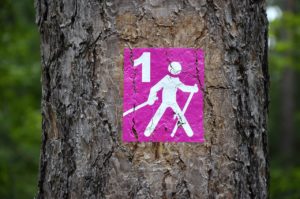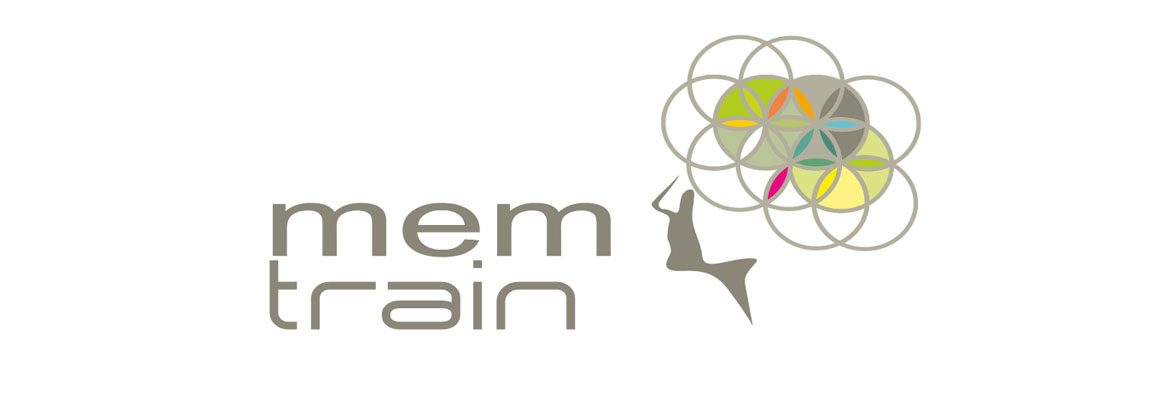Nordic Walking is clearly one of the most ideal sports for the senior generation.
Med. Dr. Josef Štolf, head of the Department of General Medicine at the Institute of Postgraduate Education in Healthcare in Charles Univerzity (Czech Rep.), says ”With regard to seniors, exercise and adequate movement (not a day-consuming exercise at all costs), they help reduce morbidity and allow them to remain active for a long time. Positive response to regular walking is cardiovascular, type 2 diabetes mellitus, osteoporosis, arthritis, urinary problems, cancer, obesity and others. Exercise works anti-depressant, extends the possibilities of social contacts, improves the learning ability, especially short-term memory, affects quality sleep. For these reasons, Nordic Walking can be strongly recommended as a physical activity for the elderly. “

Whats are Nordic Walking benefit?
- Helps control weight, prevents diabetes and some types of cancer – eg colon
- Reduces high blood pressure and cholesterol levels
- Reduces the risk of heart disease and heart attack
- Improves bone density and helps prevent osteoporosis
- Helps to reduce anxiety, creating a feeling of euphoria
- Contributes to better oxygenation of the brain, improves memory
- Increases creativity and ability to solve problems
- Involves 90% of muscles in the body
- Relieves muscle tension in the back and shoulder muscles
- Significantly increases the mobility of the spine
- It saves joints and knees and reduces the burden of overweight people
- Increases body calorie consumption by walking with a hole than normal walking by an average of 20%
Conclusion
Nordic Walking is a very nice type of exercise that everyone can do – a beginner or a performance athlete, a young person or a person of advanced age. The heart rate is at a normal load in the area in which one feels good even though the energy consumption is very high. Performance during the lesson is required from 600 muscles in the human body, representing nearly 90% of all muscles in the body.
To learn more, watch our videos at YouTube and like our Facebook Page.
